Coles Australia: Transportation, Customer Segmentation, and Weaknesses
VerifiedAdded on 2022/10/01
|6
|1477
|225
Report
AI Summary
This report provides a comprehensive analysis of Coles Australia's logistics and supply chain management. It begins by examining the transportation services Coles utilizes, including inbound and outbound logistics, the modes of transport employed (primarily road transport), and the reasons behind these choices. The report identifies Jim Redfern as the General Manager of Logistics, responsible for overseeing transportation, and notes that Coles does not outsource its transportation functions. It details the criteria used for selecting transportation modes and carriers, emphasizing cost, transit time, reliability, customer service, and delivery service, and explains how Coles measures carrier performance using a customer scorecard. The analysis then shifts to customer segmentation from a logistics perspective, identifying the primary customer base as premium and middle-class Australian households. The report highlights the segmentation into horizontal and vertical customer segments, and the segmentation criteria, including the "here we go again," "family buyer," and "variety seekers" segments. Finally, the report addresses the major logistics and supply chain weaknesses, issues, and problems, such as potential setbacks from suppliers, and the causes of these weaknesses, including conflicting interests and poor communication. It utilizes the Kanban visual management tool to analyze these issues, and discusses the consequences of these weaknesses on business performance, including reduced customer loyalty and financial impacts. The report concludes with a bibliography of cited sources.
1 out of 6
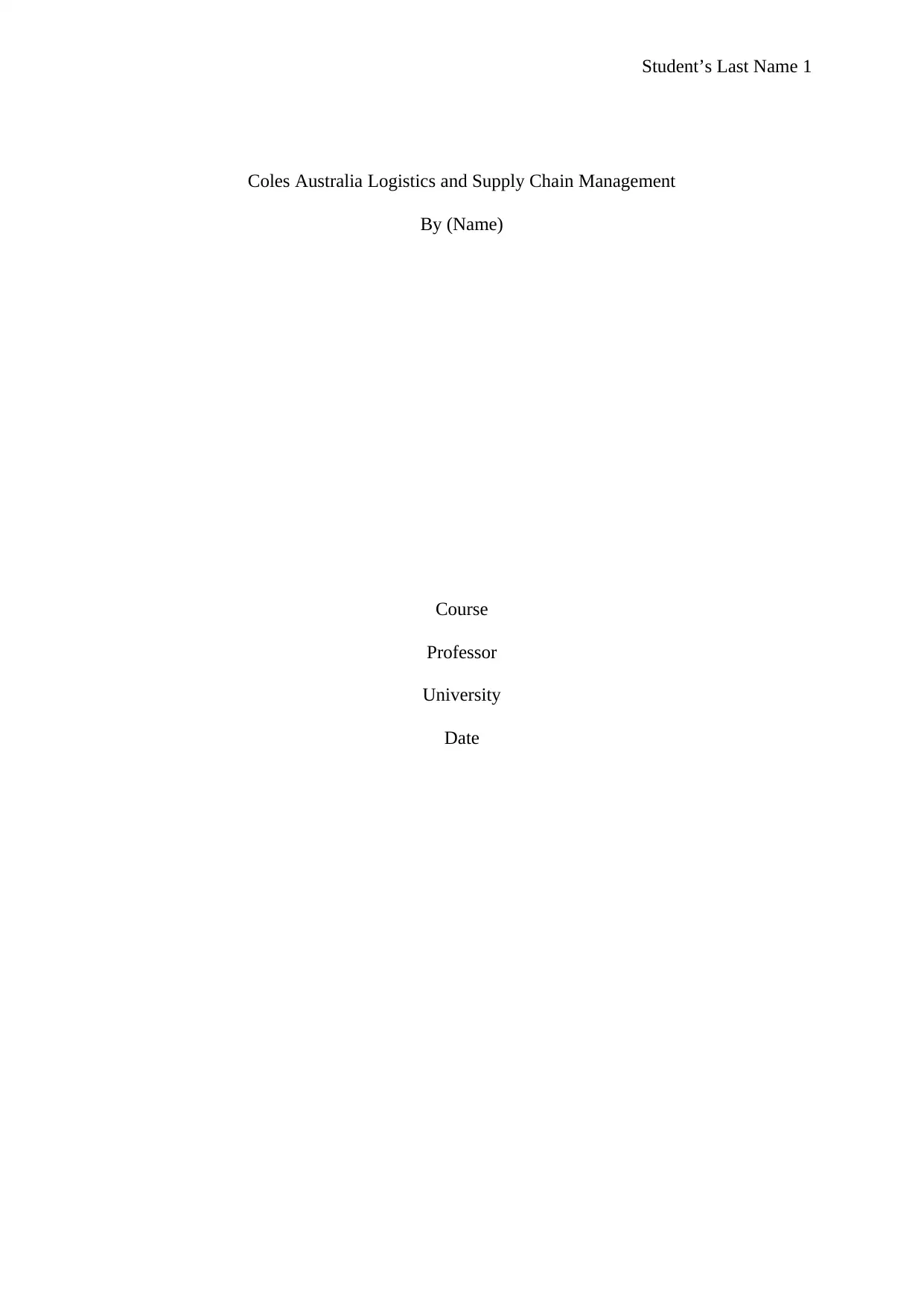
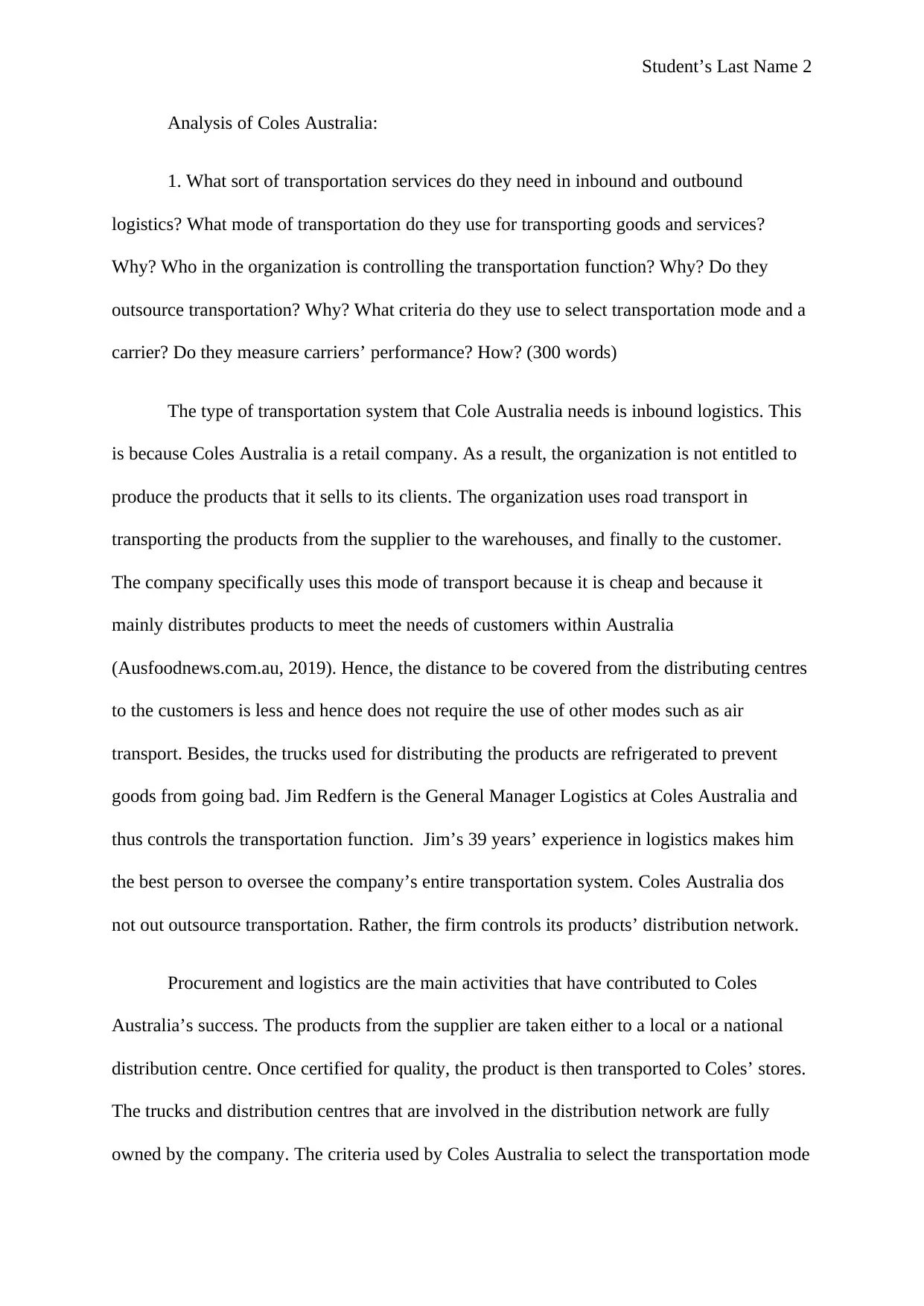
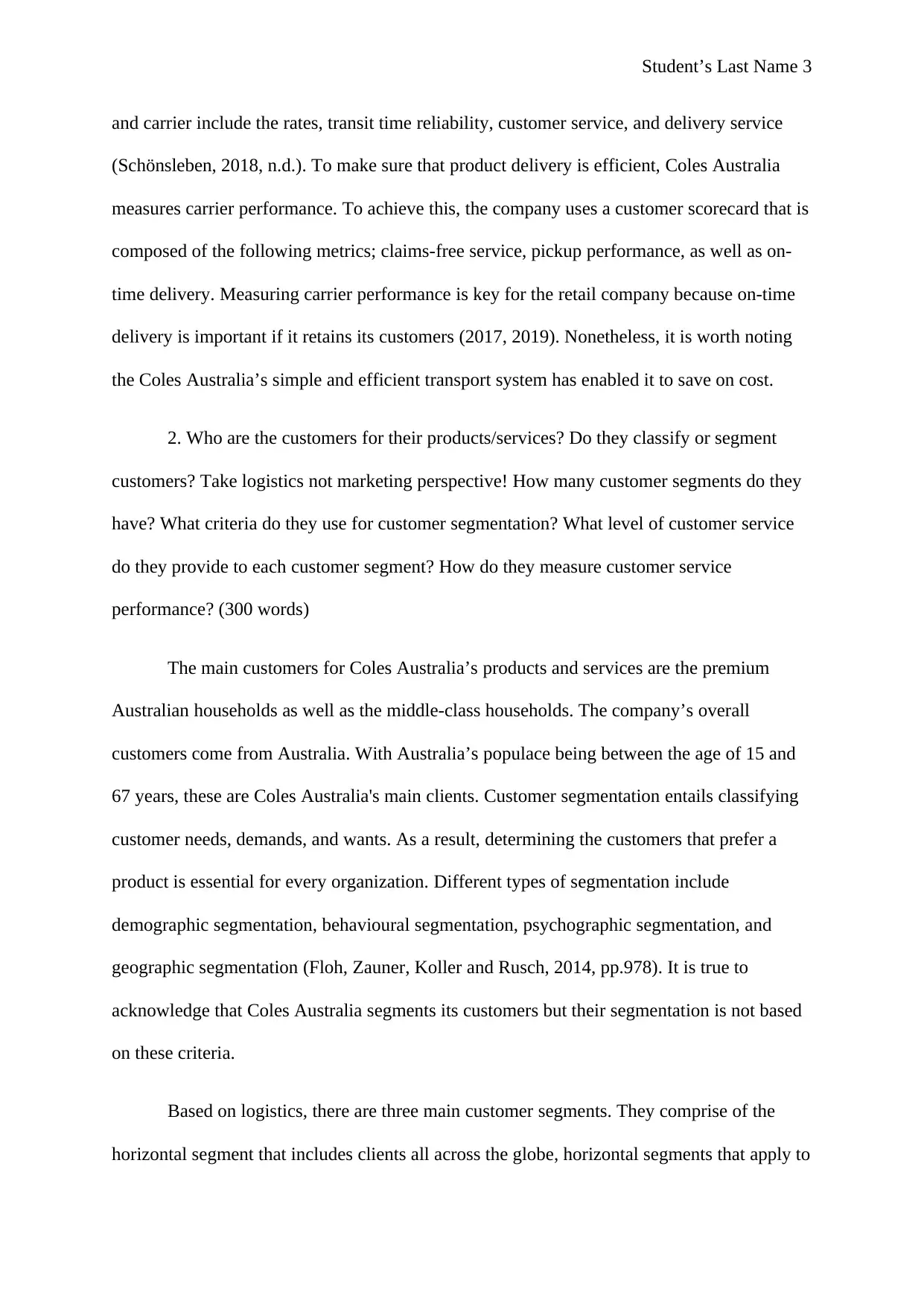

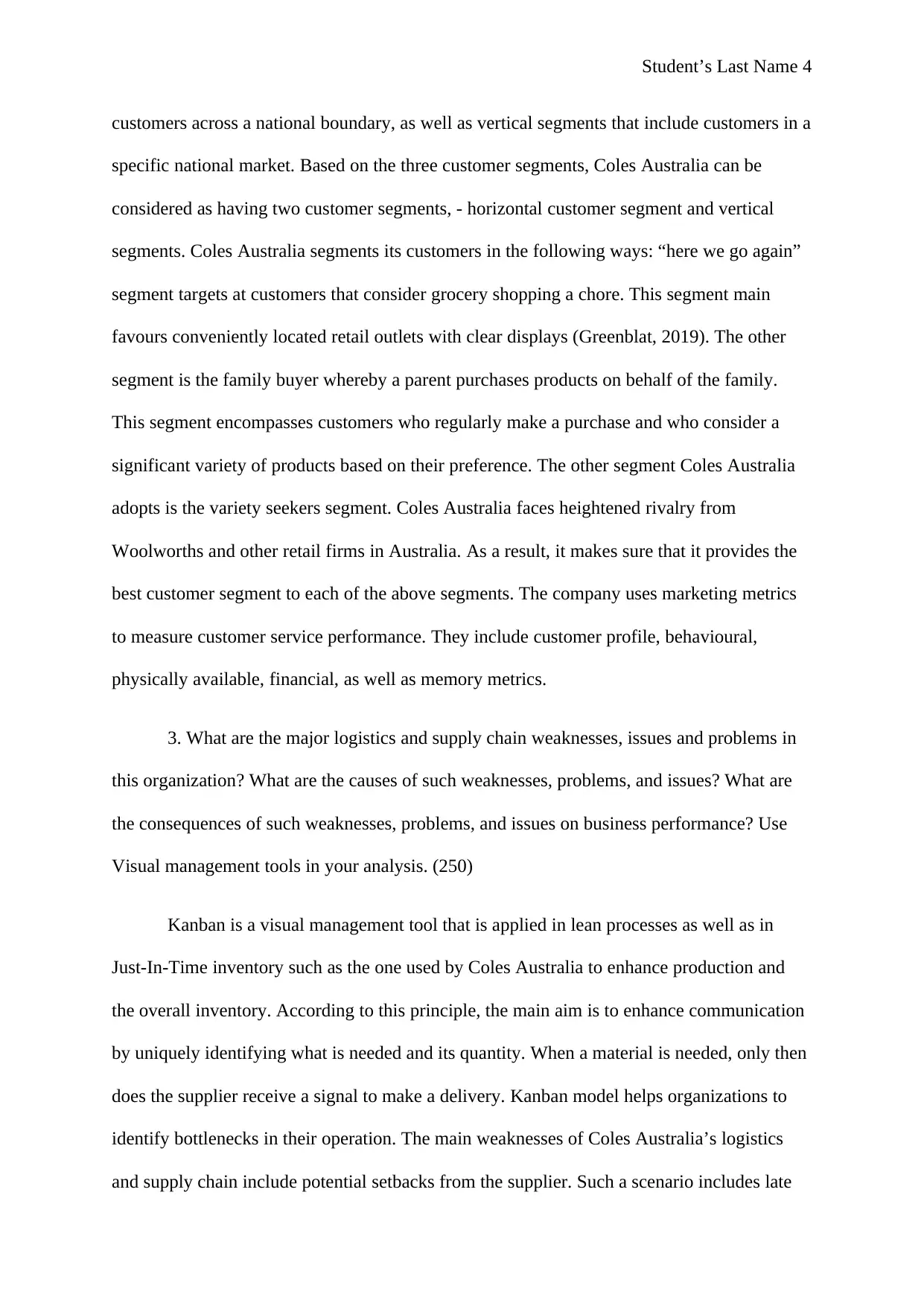
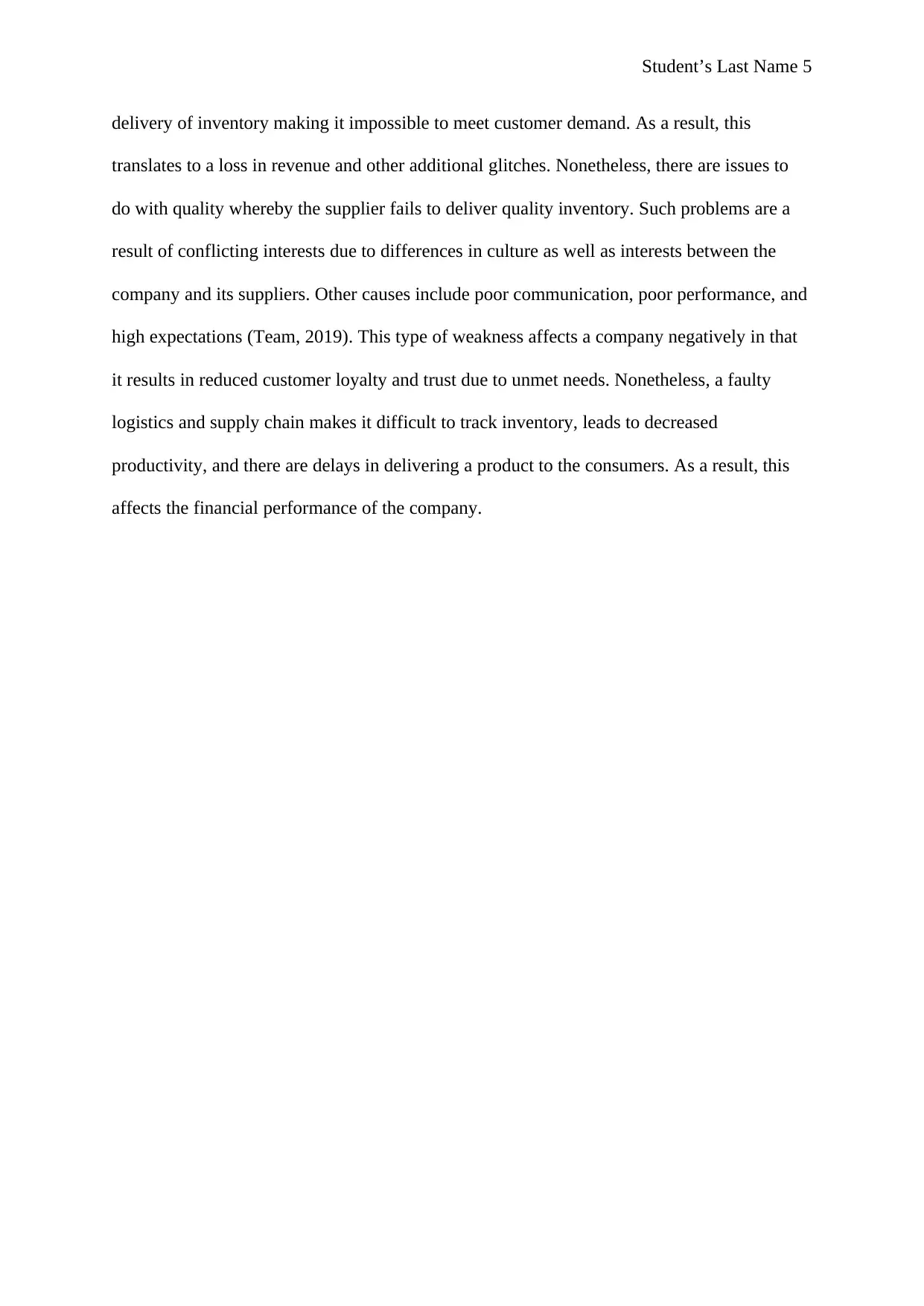
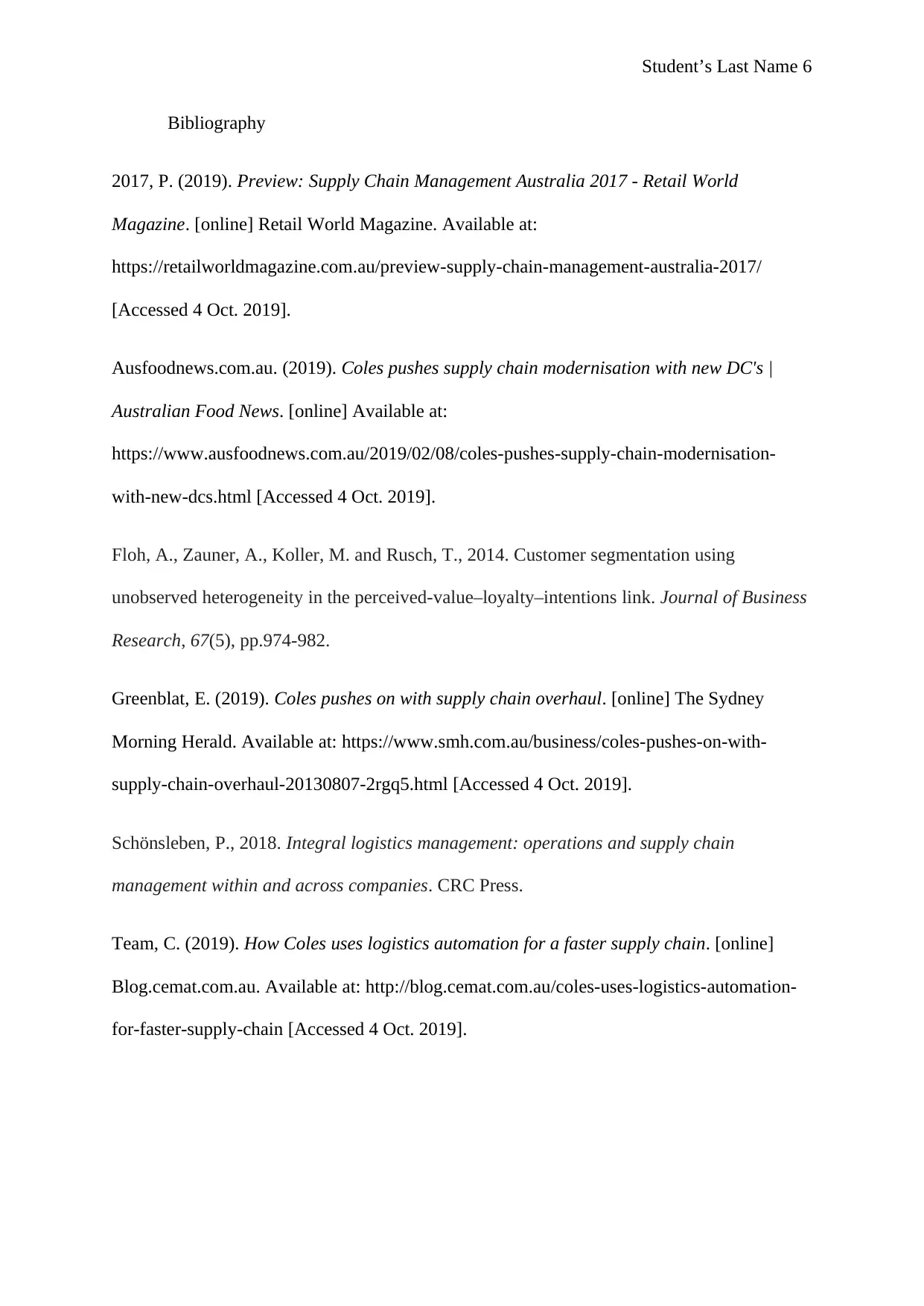






![[object Object]](/_next/static/media/star-bottom.7253800d.svg)